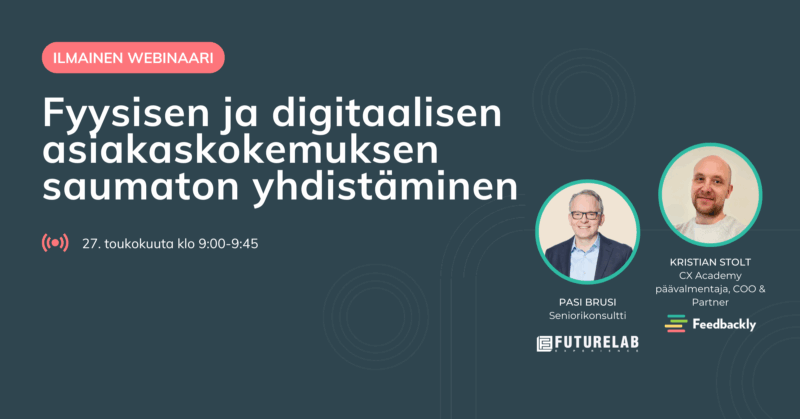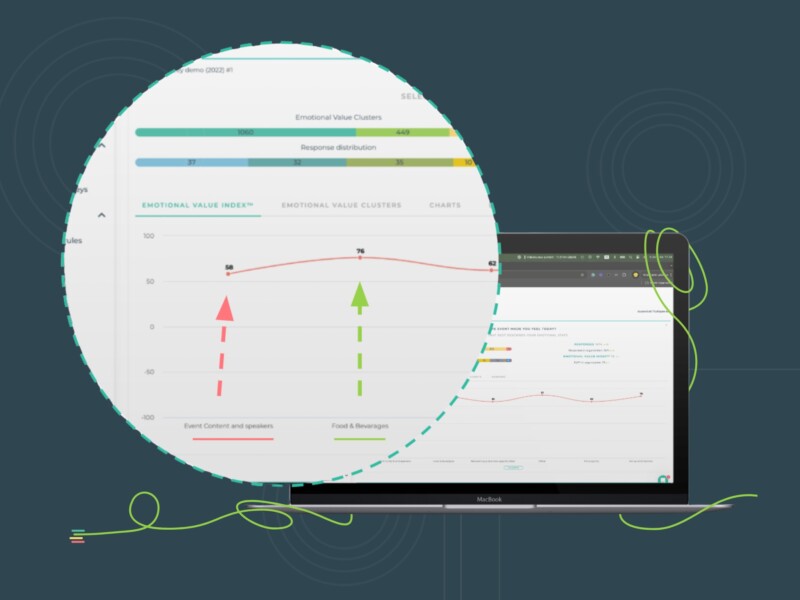When it comes to measuring Customer Experience (CX), it’s important to choose a metric that can be applied throughout the customer journey to gain a comprehensive picture. As I tell my clients, relying on metrics like C-SAT or NPS is not sufficient as they capture only one angle, thereby giving you a half-baked idea of your CX strategy.
Getting Emotional
Emotions are a powerful element in CX as everything from satisfaction to loyalty to recommendation is influenced by them. They impact buyers’ actions and decisions throughout the customer journey. If you reflect on the most important purchasing decisions you have made in the past, you will realize how your emotions have played a part in it.
Measuring emotions, therefore, is the best way to get the bigger picture of CX. But, how can we do it?
Emotional Experience
Emotional Experience is the measure of emotions that dominate a customer journey. It looks at the customer’s emotional perception of a business. I know what you might be thinking. How can we measure something as complex and non-linear as emotions? But, it’s possible. Let me explain!
The Emotional Value Index (EVI®) is a standardized model that helps businesses keep track, measure, and analyze customer emotions. It can be used to identify the emotions tied to higher revenue. It is the easiest and most reliable index to understand the role of emotions in determining customer behavior.
The EVI® Survey
The EVI® survey is very simple yet very effective. It requests customers to specify the emotion that best describes their emotional state regarding the specific interaction, touchpoint, phase, or overall experience. As choices, emojis of 8 emotions commonly associated with customer feelings, including indifference, are given.
All that the customer has to do it denote the emoji that represents their experience. You can even have an open-ended question to ask the reason behind their choice. You can apply EVI® anywhere in the customer journey.
Calculating EVI®
In order to measure and present the emotions as a numerical index, you should segment emotions into different clusters based on their effect and amplitude. Each cluster has an assigned value such as -1, 0.33, 0.66, or +1.
Once you have gathered the survey answers, you take the weighted average of each cluster based on the number of times a particular emotion under a cluster is selected by the respondents. It will then derive a value ranging between -1 to +1. This, in turn, can be converted to obtain a value between -100 to +100.
- The value -1 is assigned for the “destroying cluster,” representing disappointment, sadness, frustration, and irritation. It is a big red flag! Your business should focus on major improvements to prevent high churn rates.
- The value +0.33 is assigned for the “attention cluster,” representing indifference and surprise. Customers are on the fence about your products/brand. At this stage, more effort is needed to get customers hooked!
- The value +0.66 is assigned for the “trusting cluster,” representing trust and excitement. Here, the customers are very attracted to the business and are more likely to come again. It indicates that you have a loyal customer base!
- The value +1 is assigned for the “advocacy cluster,” representing joy and happiness. It’s a stepping stone for positive brand equity. Here, delighted customers have also become advocates and promote your business to others.
EVI® from Feedbackly
The calculation is fairly simple but offers a plethora of useful observations. However, we have made it even easier by automating the whole process, so deriving the result is only a matter of a few clicks. At Feedbackly, we aim to offer a streamlined and simple way for businesses to measure emotional experience and improve customer experience. If you want to learn more about the uses of EVI® and the main rules and principles to follow when measuring it, please see www.emotionalvalueindex.com And https://www.jaakkomannisto.net/books
Published 2.2.2017 | Edited 15.1.2022: Added “®”



